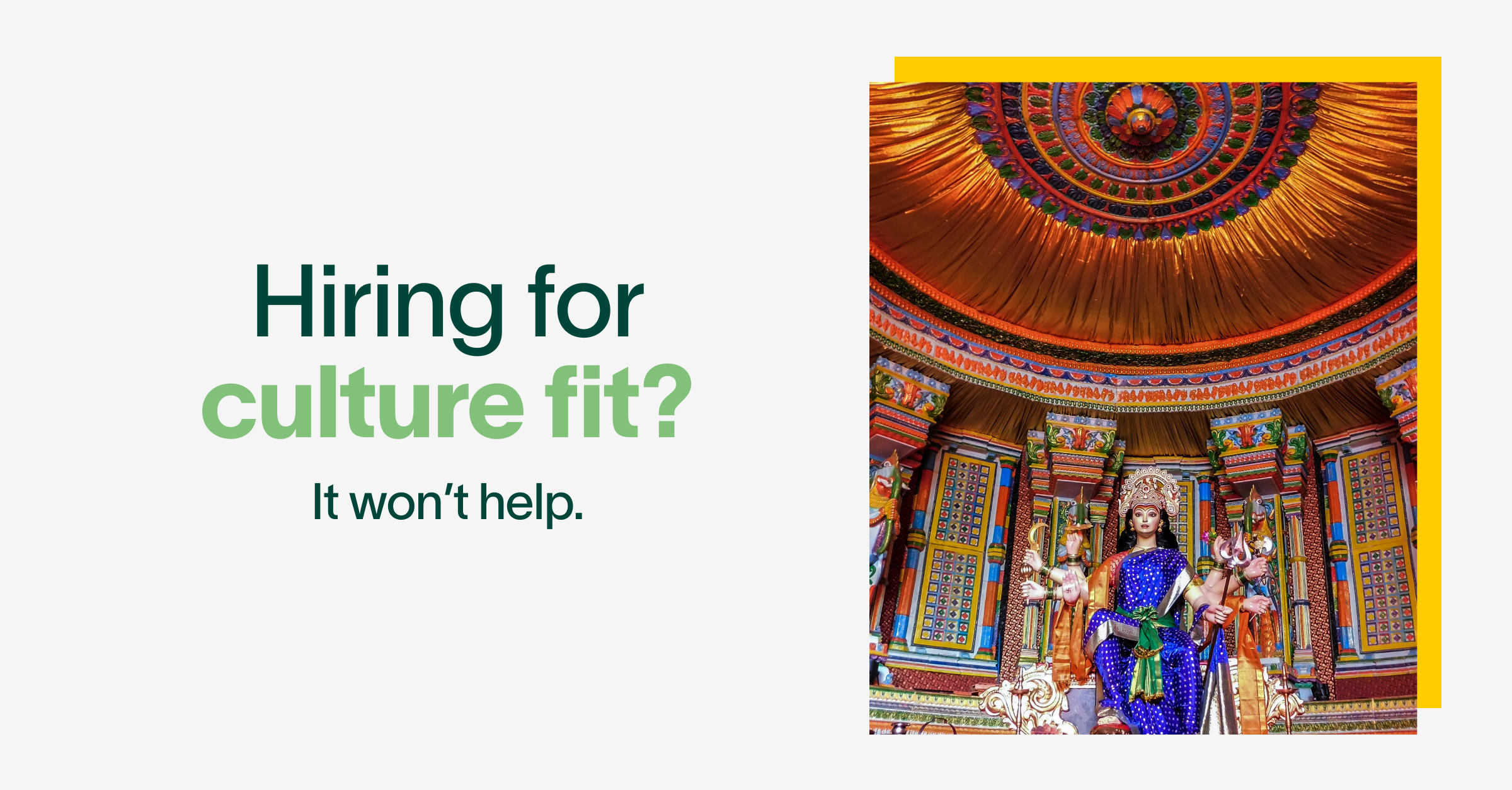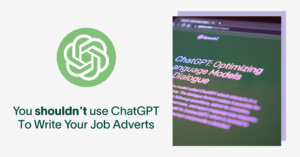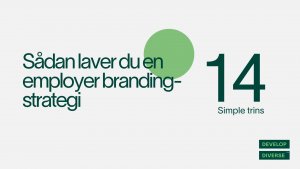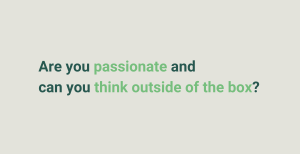In recent years, the concept of “hiring for culture fit” has been a popular recruitment strategy. However, as organizations strive for greater diversity, equity, and inclusion (DEI), it’s crucial to reconsider this approach.
This article explores the pros and cons of cultural fit hiring and offers alternative strategies for building a diverse and innovative workforce.
What is culture fit?
Cultural fit refers to the alignment between a candidate’s values, behaviors, and work style with an organization’s culture. It’s often assessed during the recruitment process, including through culture fit interviews, to determine how well a potential employee might integrate into the existing team.
The Appeal of Hiring for Culture Fit:
Organizations often pursue culture fit hiring with good intentions. They believe by hiring for culture fit, companies can ascend to a better team state. In simpler words, they think by recruiting for culture fit, they can have:
1. Improved team cohesion and collaboration
2. Increased employee satisfaction and retention
3. Enhanced overall performance due to a harmonious work environment
Why Hiring for Cultural Fit Can Be a Mistake:
Despite its perceived benefits, hiring for cultural fit can actually lead to significant drawbacks:
1. Perpetuation of bias: It can reinforce affinity bias, where recruiters favor candidates similar to themselves.
2. Lack of diversity: Over time, teams become more homogeneous, harming representation and inclusion.
3. Stifled innovation: A homogeneous workforce can lead to groupthink and reduced creativity.
4. Misinterpretation: The concept of “fit” is subjective and can be interpreted differently by various interviewers.
Actually, there has been a popular discourse recently around this topic of the negative sides of cultural fit. So, a lot of researchers have been asking, does hiring for Culture Fit perpetuate bias?
Yes, hiring for culture fit often perpetuates bias, particularly affinity bias. This unconscious preference for people similar to ourselves can lead to a lack of diversity in hiring decisions. As Ansa Mahmood, Customer Success Manager at Develop Diverse, explains, “Cultural fit is affinity bias. In the recruiting context, we often unconsciously imagine a specific kind of person in a role — that’s affinity bias in action.”
Hiring for Cultural Fit vs. Hiring for Skills:
While cultural alignment is important, overemphasizing it can lead to overlooking skilled candidates who might bring fresh perspectives. A balanced approach is necessary, considering both skills and cultural aspects.
The debate between hiring for cultural fit and hiring for skills has been ongoing in the recruitment world. Both approaches have their merits, but relying too heavily on either can be detrimental to an organization’s growth and success.
Hiring primarily for skills:
- Pros:
- Ensures technical competence for the role
- Can bring in new expertise and capabilities
- May lead to increased innovation and problem-solving
- Cons:
- Might result in personality clashes or communication issues
- Could lead to lower team cohesion if values are misaligned
- Potentially higher turnover if the employee doesn’t integrate well
Hiring primarily for cultural fit:
- Pros:
- Often leads to smoother team integration
- Can result in higher employee satisfaction and retention
- May foster a more cohesive work environment
- Cons:
- Risk of creating a homogeneous workforce lacking diversity
- Potential for overlooking highly skilled candidates
- Can lead to groupthink and reduced innovation
The ideal approach is to strike a balance between skills and cultural alignment. A step in that direction is hiring for culture add.
Stop Hiring for Culture Fit: Embracing Culture Add
Instead of focusing solely on culture fit, organizations should consider the concept of “culture add.” This approach values candidates who can contribute new perspectives while still aligning with core organizational values. Culture add promotes diversity and innovation while maintaining a cohesive work environment.
This ‘culture add’ strategy can also be quantified with demographic data and this will help you to measure your DEI progress.
How to Hire for Culture While Keeping DEI in Mind:
1. Redefine your culture: Assess whether your current culture truly reflects your values and supports diversity.
2. Use structured interviews: Implement standardized questions related to values and behaviors.
3. Involve diverse interview panels: This helps counteract individual biases.
4. Focus on values alignment: Look for candidates who share your core values but may express them differently.
5. Emphasize potential contributions: Consider how candidates can add to and enrich your culture.
Best Practices for Inclusive Hiring:
A good way of evolving your company culture through diverse hiring is building a good strategy for inclusive hiring. Here are a few things that you can follow in building a compliant talent acquisition strategy –
1. Be mindful of unconscious biases and provide training to hiring managers.
2. Use inclusive language in job descriptions and throughout the hiring process.
3. Implement blind resume screening to focus on skills and experience.
4. Regularly assess and update your hiring practices to ensure they support DEI goals.
Conclusion
While the intention behind hiring for culture fit may be positive, it’s crucial to recognize its potential drawbacks. By shifting focus to culture add and prioritizing diversity, equity, and inclusion, organizations can build stronger, more innovative teams. Remember, the goal is not to find candidates who simply fit in, but those who can contribute unique perspectives while aligning with core values.
Evaluate your current hiring practices and consider how you can incorporate culture add principles. Use tools like Develop Diverse’s inclusive communication platform to identify and eliminate bias in your recruitment process. Book a free demo today to learn more about creating a more inclusive hiring strategy.





